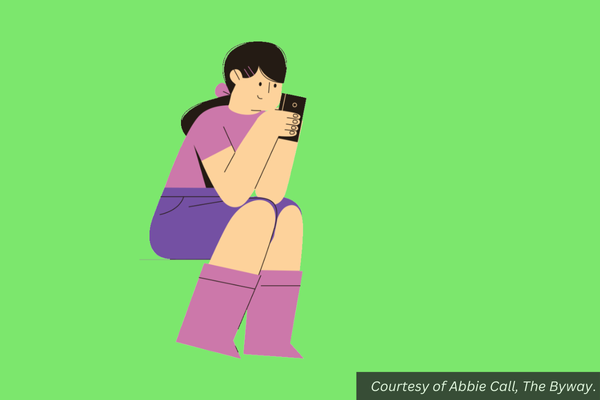How is the average everyday parent supposed to protect their children from all the virtual threats to their physical and mental health? It feels like an impossible task with all the new scams and crazy ideologies materializing daily, many of them directly targeting our kids.
Most of their friends have a phone right? Many parents feel social pressure to provide a phone at increasingly younger ages.
We all want our children to be safe and happy, but what’s the best way to ensure that outcome with the onslaught of modern technology?
We can’t just refuse to let them near a screen for the rest of their childhood, but giving them free rein on the internet at a young and vulnerable age isn’t the answer either. As a parent, it’s crucial to take proactive steps to protect your children while empowering them to use the internet responsibly. Depending on the child and their age the solutions may look very different. Like anything else it is a gradual process of limiting digital freedoms until they merit them by learning responsible behaviors.
Tips, Tricks and Suggestions
Be sure to talk to your children about online risks and keep a close relationship so that the lines of communication stay open. It is also beneficial to set clear rules for home digital use.
Here are some examples of rules parents have used:
- People first (interactions with live people always take precedence over screens).
- Use only in common areas (not alone).
- Set a timer for a preselected amount of screen time.
- No phones or devices at the dinner table or bedtime.
- Social media use only under parental supervision.
- Avoid sharing personal information online.
Parental Controls and Monitoring Tools
There are many options in this domain and the more tools you use, the better your protection will be. Filters aren’t foolproof, but they do help. Install them at all levels — on devices, browsers, and streaming services. Installing safe search filters for Google and YouTube would be a great place to start.
Monitor children’s internet use by regularly checking their browser history and reviewing text messages. If you don’t want to monitor your child’s online use then pay someone to do it for you. Apps like Qustodio or Bark provide reports on your child’s internet usage and send you alerts on concerning behaviors.
Gabb phones have several levels of protection available catering to different age groups. MMGuardian is a very inexpensive option, and Family Link is a free resource that works well on androids. Enable privacy settings on social media accounts to limit interactions with strangers.
Following parental guidance websites or joining online safety communities will keep you informed and updated about new threats. Some helpful resources to explore are Common Sense Media, Family Online Safety Institute, and government websites on internet safety.
Promote Healthy Digital Habits
Institute a screen-free week a couple of times a year, or a social media fast one day a week. Create “tech-free” zones in your home. Schedule family activities that don’t involve screens and encourage offline activities, such as sports, reading, or creative hobbies to minimize excessive screen time. Model good behavior by practicing healthy technology use yourself. Encourage your child to follow positive online influencers and educational content.
Ultimately, it’s the responsibility of each parent to do what it takes to keep your child safe and healthy. The goal is to regulate their online experiences until you are able to equip them with the tools and knowledge they need to make smart choices in the digital world.
Be courageous in your parenting without worrying about what others will think and one day your children will thank you. As their parent, you have the inside information to know what will work best to keep them happy and thriving. With thoughtful guidance and support, your children can enjoy the benefits of the internet while mostly avoiding its dangers.
– by Tamara Ann Houston, Panguitch
Read a youth perspective on parents and staying safe online in Social Media, Cyberbullying, Sleep, and Other Phone Problems by Andres Nevarez.

